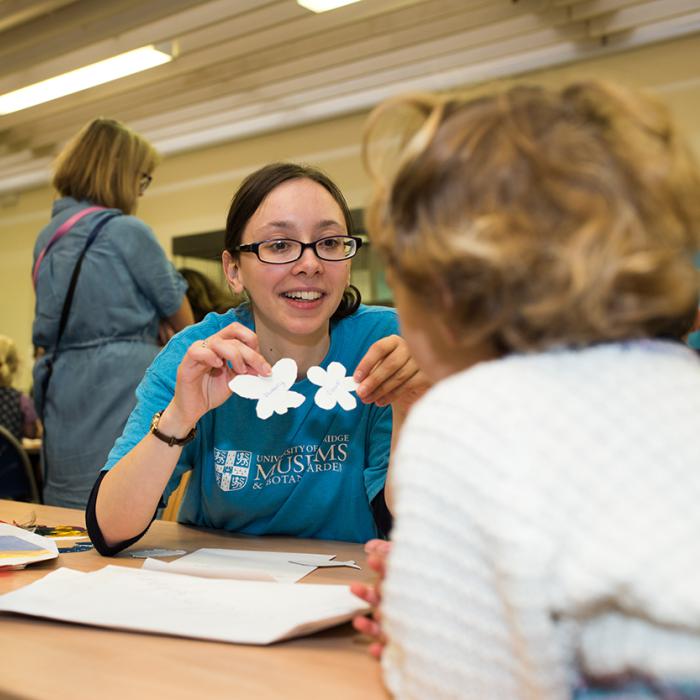In this talk, developer, geek, and digital archaeologist, Steven Goodwin, breaks down the very first program ever written to explain what it does and how it works. He covers the background of Ada and Charles Babbage (the father of computing who designed both the difference and analytical engines), and goes on to simulate the first program in an easy-to-understand manner.
He finishes up with a discussion on the controversy surrounding her involvement in computing, aiming to answer the question once and for all - "Was she really the first programmer?"
In this fun and hands-on workshop, participants will create their very own cube-shaped robot named Q-B. Using 3D-printed parts, an LCD screen for the robot’s expressive face, and a powerful yet tiny Raspberry Pi Pico as the brain, students will bring Q-B to life from the ground up.
Back in the mid 1980s, a huge project by the BBC took a snapshot of life in the UK. Using thousands of children up and down the country, they gathered information, and took photographs of their home town and villages, which were then sent to a central archive to be digitally converted.
Ever wanted to build your very own moving monster? Then come on down to the Museum of Technology and try your hand at combining basic physics with a dash of creativity and build your own pneumatic monster!
Booking Essential.
This event is part of Summer at the Museums 2025.
What do you get when you mix art and robots? An art bot! Try your hand at building simple circuits, designing and decorating your very own art-creating robot.
There are two workshops in one day: 10.30am - 12pm and 1 - 2.30pm.
Booking Essential.
This event is part of Summer at the Museums 2025.
Come and try your hands at different types of printing.
Use the sun to create a cyanotype print, try your hand at mono printing and use a real printing press to print a card.
Coinciding with an amazing exhibition by the talented print shop volunteers, pop in to the print shop to see the historic presses in action.
Drop in event. Free with usual museum entry.
This event is part of Summer at the Museums 2025.
The Megaprocessor, a 10m-long and 2m high computer, takes pride of place in the foyer of The Centre for Computing History. This machine shows the inner workings of a microprocessor, the ubiquitous chip at the heart of billions of electronic devices. Microprocessors are so small that they're incredibly hard to understand, even though they are vitally important to modern society.
The Megaprocessor, a 10m-long and 2m high computer, takes pride of place in the foyer of The Centre for Computing History. This machine shows the inner workings of a microprocessor, the ubiquitous chip at the heart of billions of electronic devices. Microprocessors are so small that they're incredibly hard to understand, even though they are vitally important to modern society.
During the session you will the explore aspects of the cube that make it such a challenging and popular puzzle. He will share some insights that may help you to discover your own method to solve Rubik's Cube if you have not already mastered it.
In addition, you will see some of the robots, created by David, built from LEGO MINDSTORMS and Technic elements and smartphones that solve Rubik's Cubes of different sizes.
There is no additional charge for the activity but standard museum entry fees apply. Drop in.
During the session you will the explore aspects of the cube that make it such a challenging and popular puzzle. He will share some insights that may help you to discover your own method to solve Rubik's Cube if you have not already mastered it.
In addition, you will see some of the robots, created by David, built from LEGO MINDSTORMS and Technic elements and smartphones that solve Rubik's Cubes of different sizes.
There is no additional charge for the activity but standard museum entry fees apply. Drop in.

